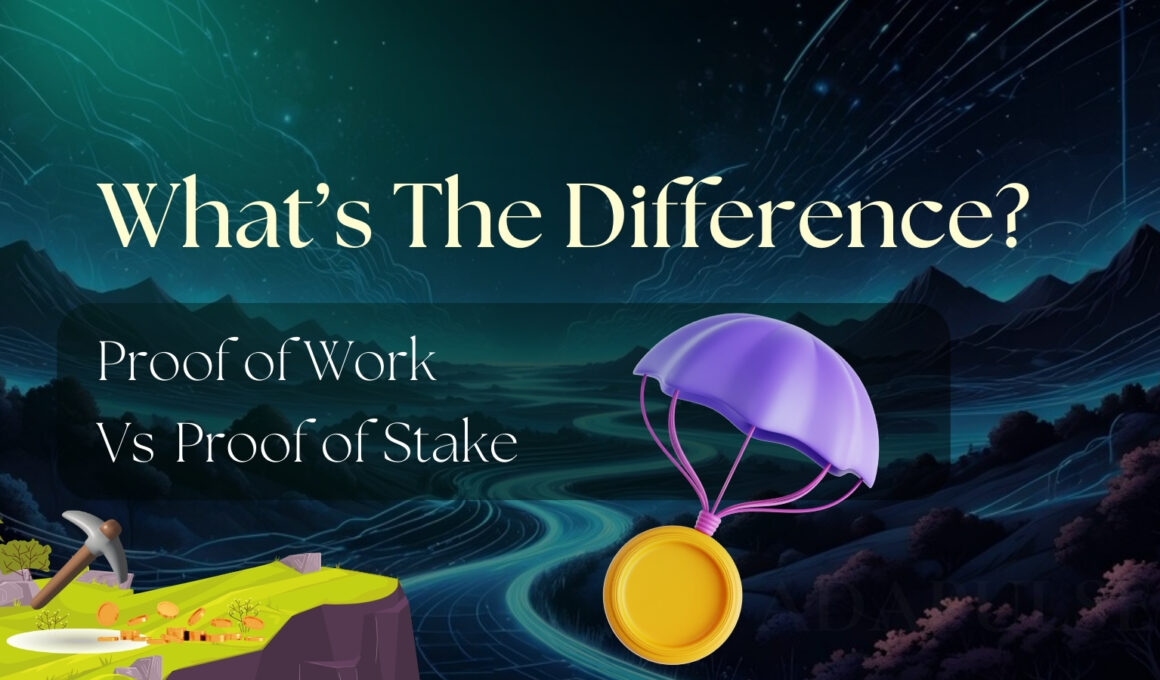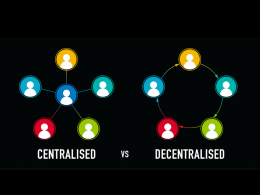Reflecting on when I first started my journey into Web3, between the endless acronyms and technical terms, there was one thing that really surprised me, the difference between Proof of Work (PoW) and Proof of Stake (PoS). These two mechanisms seemed to pop up in every conversation about blockchain, but understanding how they worked and more importantly, their environmental impact wasn’t exactly straightforward.
Key Takeaways
- Proof of Work and Proof of Stake are two different ways of running a blockchain, and each has its strengths.
- Understanding the difference between these two mechanisms will change the way you thought about blockchain.
- If you’re all about decentralization and security, PoW has a proven track record. But if you’re concerned about the environment, then PoS offers a far more sustainable path forward.
If this is your first time reading about these mechanisms, you’re not alone in feeling a bit lost here. The good news is that it’s actually easier to understand than it seems, and once you do, you’ll start to see why this topic is so important, especially when it comes to sustainability.
What is Proof of Stake (PoS)
When I first read about Proof of Stake, it felt like a breath of fresh air. Compared to the energy draining model of Proof of Work, PoS seemed like a much smarter, more sustainable option. It’s no wonder that Cardano, one of the biggest blockchain platforms rank number 11 on the list, top Proof of Stake (PoS) Coins by Market Cap
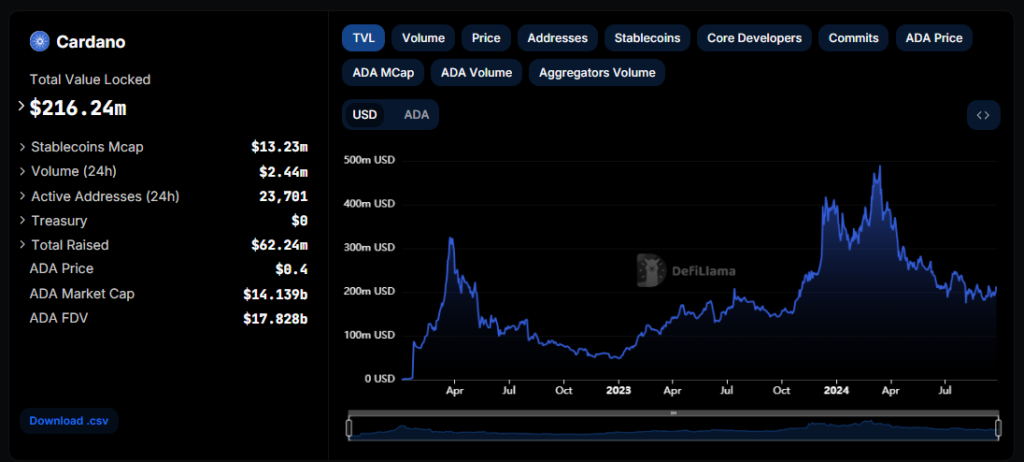
Specifically, Cardano’s PoS protocol is called Ouroboros, which was designed to be more energy efficient and scalable compared to Proof of Work (PoW) systems like Bitcoin. That move alone has saved a ton of energy, and it’s been a big step toward making blockchain more environmentally friendly.
The staking participation on Cardano has been consistent which indicate a strong commitment from the community to engage with the network’s consensus mechanism and earn rewards.
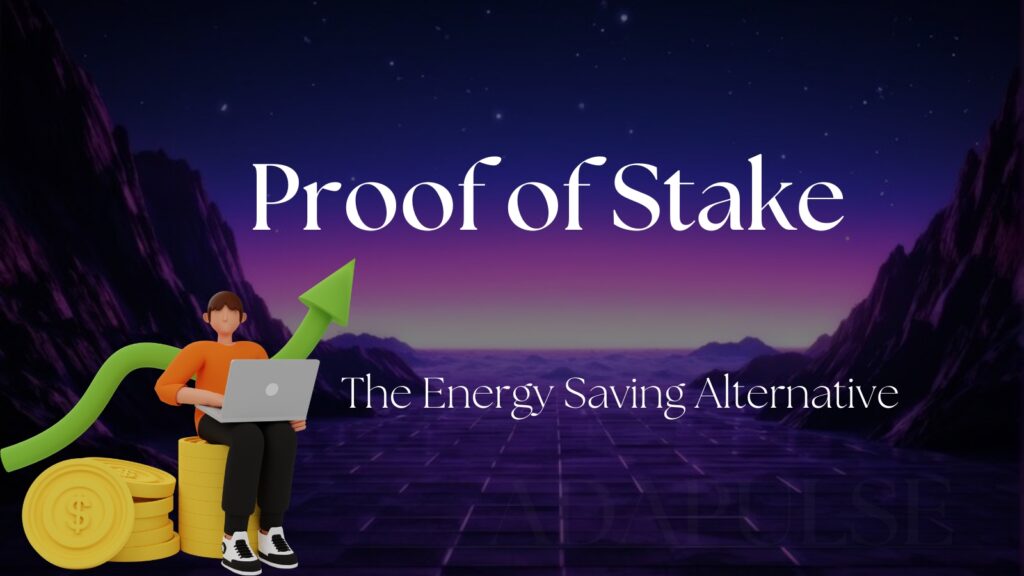
In a PoS system, people who hold the blockchain’s currency called validators, can lock up a portion of their coins as a kind of stake. The more coins they lock up, the better their chances of being chosen to validate the next block of transactions. There’s no need for those heavy computers or crazy amounts of electricity, just a simple selection process based on how much you’ve staked.
What is Proof of Work (PoW)
During my initial understanding about how much energy PoW blockchains were consuming, I was shocked. I knew Bitcoin and other cryptocurrencies were huge, but I had no idea the environmental cost was so high. It got me thinking about whether this was really the future of blockchain if it meant such a massive carbon footprint.
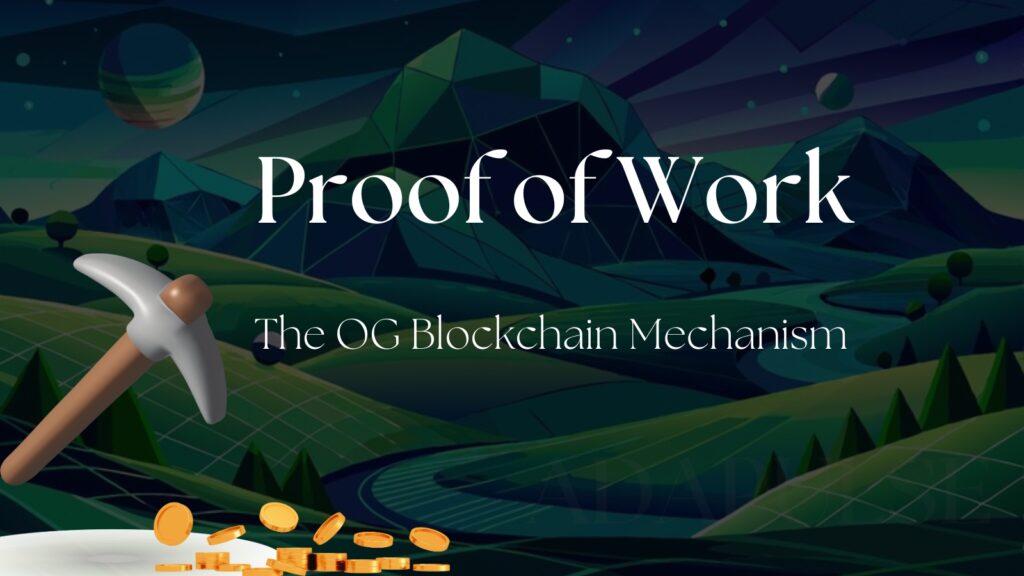
Bitcoin mining is estimated to consume between 0.2% to 0.9% of global electricity demand, which translates to roughly 95.5 TWh annually according to some analyses. This figure can be compared to the electricity consumption of small to medium sized countries.
Since it’s kind of the old school way of running blockchains. Bitcoin, which you’ve probably heard of uses PoW. The easiest way I can explain it is that PoW is like a giant, complex math competition.
There are thousands of computers (Miners) around the world are racing to solve a complicated puzzle. The first one to solve it gets to add the next block of transactions to the blockchain and gets a reward for doing so.

This is where the environmental impact comes in. Solving these puzzles takes an insane amount of computational power and all those computers racing to crack the code. They’re burning through massive amounts of electricity.
I mean, we’re talking about the kind of energy that could power an entire country. It’s no wonder people started getting concerned about how sustainable this model is.
The Environmental Impact And Why They Matters
I think we’re all a little more environmentally conscious these days. Whether it’s cutting back on plastic, reducing our carbon footprint or making more eco-friendly choices in everyday life, sustainability matters. So when I learned about the environmental differences between PoW and PoS, it made me rethink how I viewed blockchain technology.
Proof of Work got massive energy consumption far more than I expected. That’s not to say PoW doesn’t have its benefits, especially when it comes to security and decentralization, but the environmental cost is hard to ignore.
While Proof of Stake dramatically reduces energy usage. It’s a system that not only keeps the blockchain secure but also doesn’t require thousands of machines running 24/7, burning through electricity. It’s clear that if blockchain technology is going to scale sustainably, PoS is a much more eco-friendly option.
Which One Outshines the Other?
Understanding the difference between Proof of Work or Proof of Stake changed the way I envision blockchain. At first, it all seemed like technical jargon, but once I realized the environmental stakes, it became clear that how we choose to secure these systems really matters.
Proof of Work or Proof of Stake, it depends on what you’re prioritizing. If you’re all about decentralization and security, PoW has a proven track record. But if you’re concerned about the environment, then PoS offers a far more sustainable path forward.
In conclusion, it’s not just about choosing the right mechanism. It’s about building a future that works for everyone, including the environment and that’s something we can all get behind.






